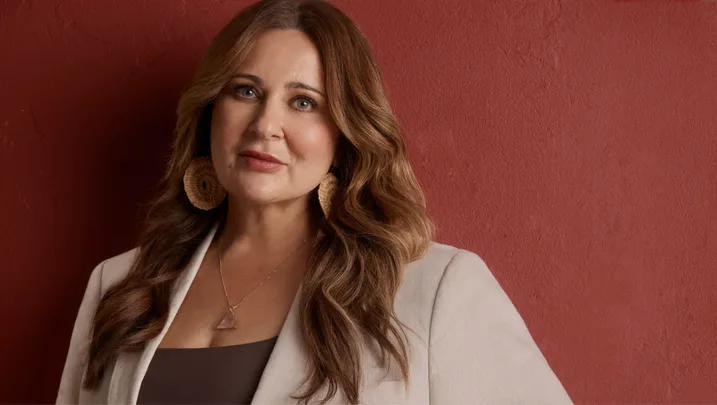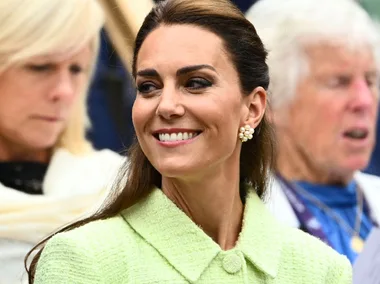TRIGGER WARNING: This article discusses domestic violence involving physical, financial and emotional abuse. If you or someone you know is being affected by domestic violence, call 1800 737 732.
I always say that we are more than our trauma. Yet the conversation around violence and Aboriginal women only focuses on just that. They want us to continually bleed our trauma onto the pages of funding submissions for organisations like Mudgin-Gal, when they already know what we’ve been through. [Mudgin-Gal is an Aboriginal drop-in centre in Sydney that supports women and children impacted by family violence.]
The research out there tells everyone Aboriginal women sit in the highest percentage of everything violent. Yet the evidence is viewed through a white lens that does not see Aboriginal women. Our trauma and ways of working with Aboriginal women don’t fit the white gaze, which I believe is the reason Mudgin-Gal has never received a cent of government funding in its 32-year history for domestic, family or sexual violence programs or projects impacting Aboriginal women.
It’s not just Aboriginal men who are violent towards Aboriginal women – all nationalities can be perpetrators. Domestic violence affects people regardless of race, wealth, religion or postcode.
We continually have these conversations, but nothing’s changing. There’s no consequence for domestic violence. When an AVO is put in place, so should an ankle bracelet. In fact, it should be a bright pink ankle bracelet so everybody knows that person’s a perpetrator. The shame is too often carried on the shoulders of women. We need to put that shame back where it belongs: on the shoulders of the perpetrator.
“There’s a whole demographic in the statistics that aren’t being recognised in the solutions”
Ashlee Donohue
The government developed a plan to eliminate violence against women by 2032, while a separate plan aims to reduce violence against Aboriginal and Torres Strait Islander women by 50 per cent by 2031. Either the authors of this plan didn’t want to be set up for failure, though this is not acknowledged in the report, or it suggests that Aboriginal women’s lives don’t really matter in this country. If so, this is systemic racism, and it needs to be called out.
We also need to flip the dialogue. We keep saying, “One in three women will be the victim of violence.” Why aren’t we saying, “One in three men may be a perpetrator”? It’s not a women’s business, it’s everyone’s business. There’s a whole demographic reflected in the statistics that isn’t being acknowledged in the solutions. For example, the messaging around coercive control suggests women should have their own bank account and a separate phone. However, it’s very difficult for a lot of Aboriginal women and those living below the poverty line to achieve this. We need a more inclusive approach to education, one that starts by engaging directly with Aboriginal women.
At a recent roundtable, I was the only Aboriginal woman in the room, yet every single person spoke about Aboriginal, Indigenous, and Black and brown women. If you’re going to talk about us, talk to us.
Read more about Ashlee Donohue and the other inspiring advocates and thought leaders calling for real solutions to Australia’s domestic violence crisis, here.

